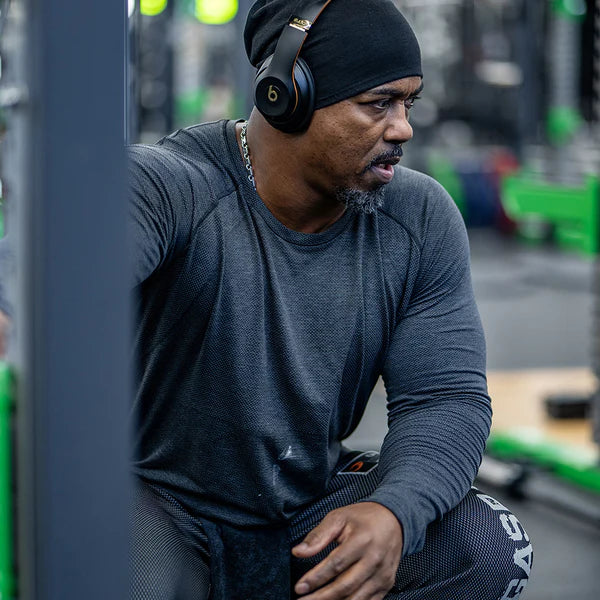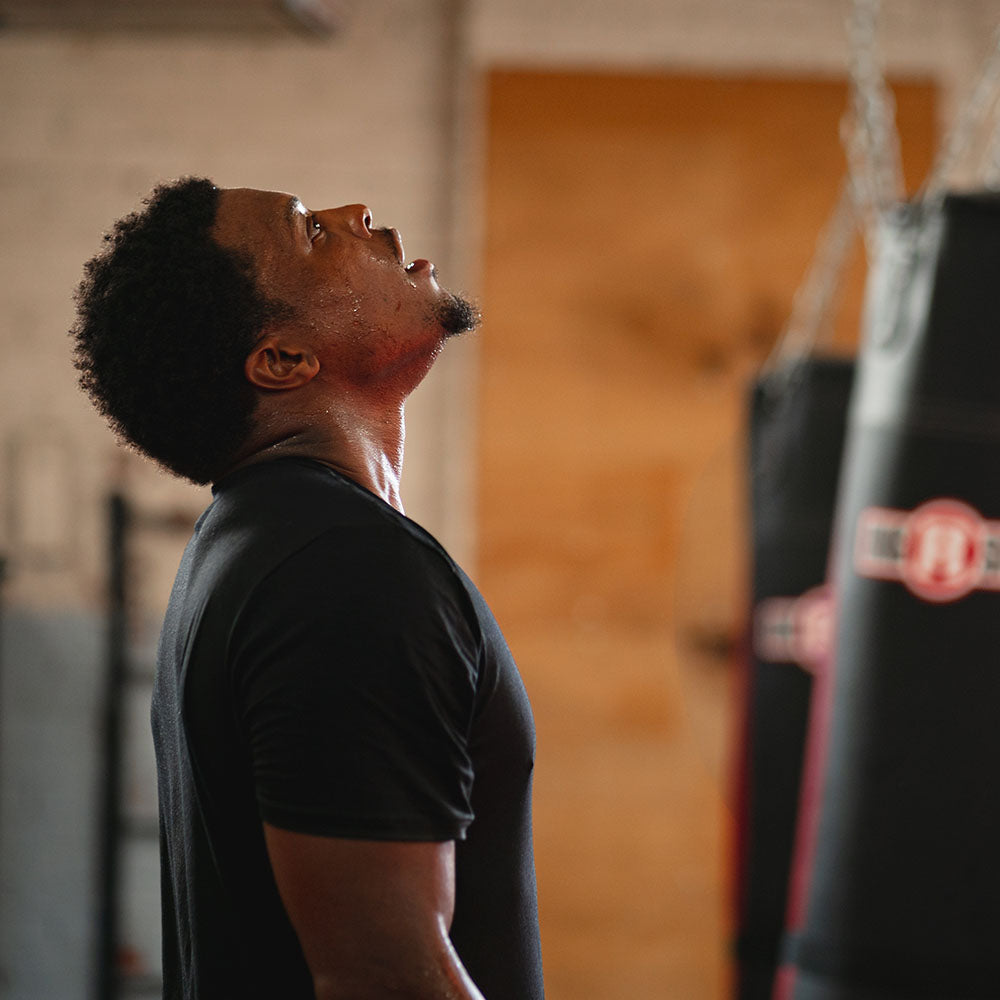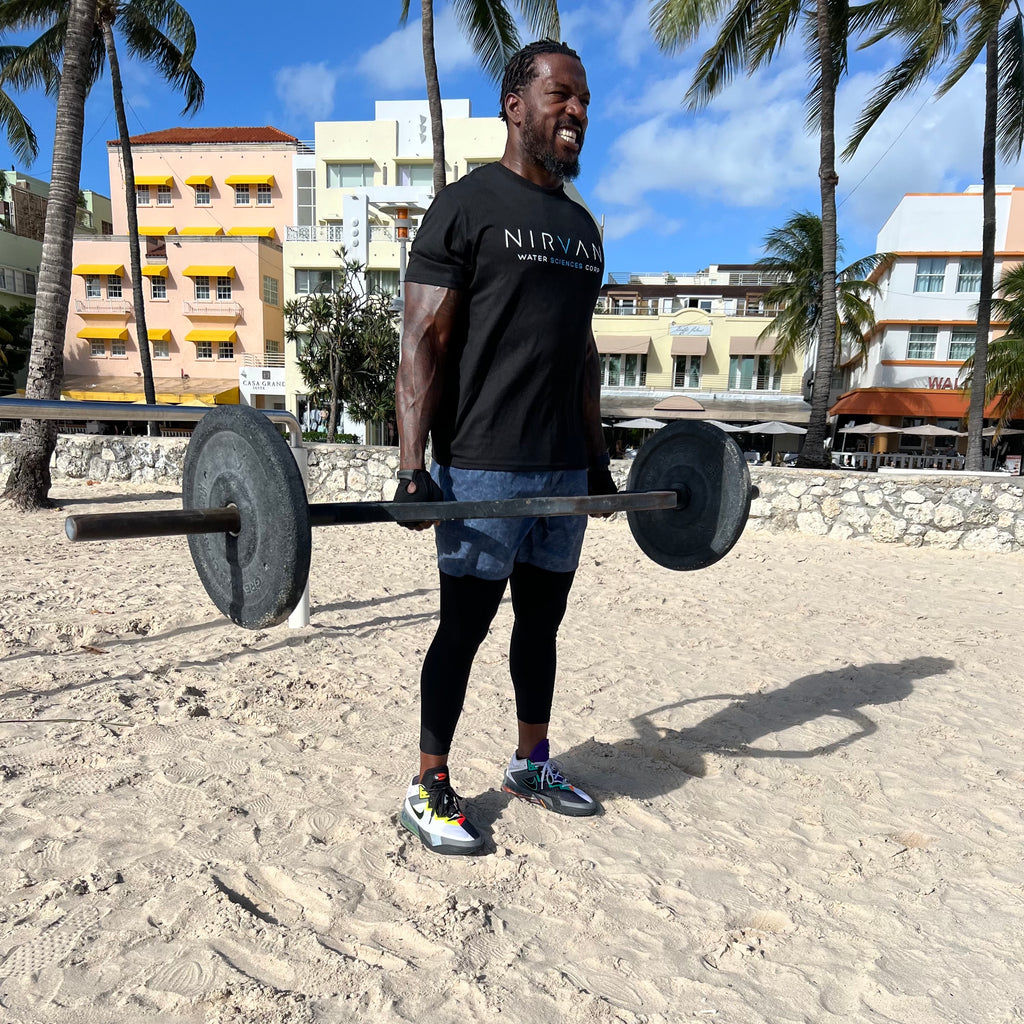Is it a Leg Cramp or Something More?
Leg cramps (sometimes called charley horses) are sudden, involuntary muscle spasms that occur most commonly in the calves, feet and thighs. During a cramp, the muscles involuntarily seize up, leading to pain that can range in intensity from mild to intense and even momentarily, debilitating.
Though many people experience leg cramps, they can be particularly annoying when they wake you up in the middle of the night. Here’s what you need to know about leg cramps, including ways to reduce their frequency.
What causes leg cramps?
Leg cramps can strike unexpectedly, but most commonly occur alongside heavy exercise or at night. Dehydration and electrolyte imbalance are some of the most common explanations for muscle cramps. Electrolytes like magnesium, calcium, sodium, and potassium, play a variety of roles in your body, including helping your muscles contract and relax. Unfortunately, the electrolytes in your body can become imbalanced. For example, when you sweat from exercise or hot weather, you lose both fluids and electrolytes. When you become dehydrated, the imbalance of electrolytes can make your muscles more prone to involuntary contractions, in other words, muscle cramps!
In addition to potential electrolyte imbalances, muscle cramps can also be caused by overuse of the muscles. For example, if you go on a long-distance run or do a weighted leg-day at the gym, you may be more likely to experience leg cramps, during or after the workout.
Certain medical and lifestyle conditions can also increase your risk of leg cramps. Pregnancy is a great example as pregnant women tend to experience leg cramping more often than others. Some health authorities, like the American Pregnancy Association believe that this could be due to increased pressure on their nerves due to weight changes. This may also constrict your blood vessels, which can negatively impact your blood flow.
Similarly, older adults tend to be more prone to leg cramps, especially if they are taking certain medications that are known to cause cramps.
Other possible causes for leg cramps
Leg cramps can be painful and disruptive, but they usually aren’t serious and tend to go away with time. However, if you are experiencing persistent pain in your calves, thighs, or feet, it could be a sign that something else is going on.
Other potential issues that can be mistaken for leg cramps or which may indicate a sign of something more, includes:
- Restless leg syndrome (RLS): RLS is a condition that is sometimes confused with leg cramps, because it causes an uncomfortable sensation in the legs and usually occurs at night. However, the difference between RLS and leg cramps is that RLS is generally not painful, more an uncomfortable sensation in the legs and feet, causing sufferers to move around to find relief.
- Peripheral artery disease (PAD): PAD is a cardiovascular condition that causes blood vessels delivering blood to the legs (and other extremities) to narrow. This can lead to pain and cramping in the legs and other areas of the lower body, especially when moving and walking.
- Blood clots: Blood clots are a serious condition that can block blood flow to the body. In particular, deep vein thrombosis (DVT) is a condition where a blood clot forms in the veins of the leg, causing leg pain, cramping, inflammation and swelling.
- Strained/injured muscles: Cramps can often be relieved with time and stretching, however, if the pain in your leg is ongoing even after adequate rest and recovery, it may be a sign that one of the muscles is injured (rather than spasming).
How to know if it’s a leg cramp or something more?
Leg cramps and spasms, while uncomfortable, only last for a few seconds to a few minutes on average. If you worked out hard the day before, are pregnant, older, or are taking a medication that is known to increase your risk of cramping, you may only be dealing with sporadic cramps that generally don’t present any serious health risks.
However, if the pain in your legs is ongoing and not associated with other potential causes like over training or pregnancy, consider speaking with a doctor. A medical professional can help you determine whether there’s something else at play, especially if your muscle cramps are interfering with your ability to sleep, since they may help find a solution to reduce their frequency.
How to treat muscle cramps in your legs
Drink electrolytes.
Because muscle cramping can happen due to an imbalance of electrolytes, you should take care to replace those electrolytes and fluids especially if you’re working out hard and/or sweating during the day. Nirvana Super™ products are formulated with athletes in mind and featuring electrolytes and HMB for maximum hydration and muscle recovery.
Stretch often.
Stretching before and after a workout can relieve some of the tension in your legs and reduce your risk of cramping due to overuse. Similarly, people who are more at risk of cramping like pregnant women and older adults, should stretch before bed to reduce the likelihood of leg cramps during the night.
Stay active.
Exercising is important for keeping all of the muscles in your body strong, including your leg muscles. Stay active as often as you can and incorporate different types of workouts into your weekly routine.
Make sure that your footwear is comfortable and supportive.
Finally, invest in the right shoes to support the type of activity you are doing and to ensure your feet, legs and hips are supported to further reduce your risk of cramps and other leg pain.























